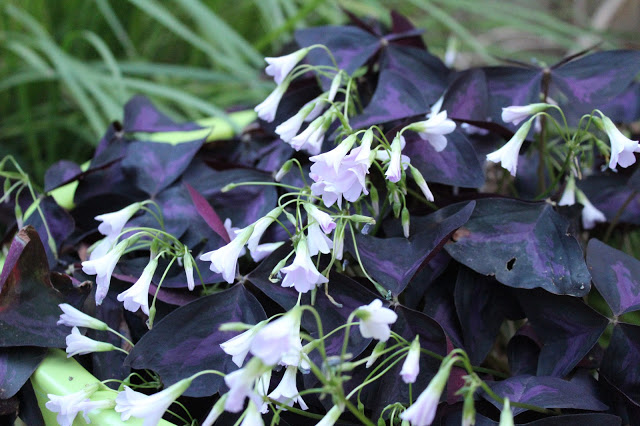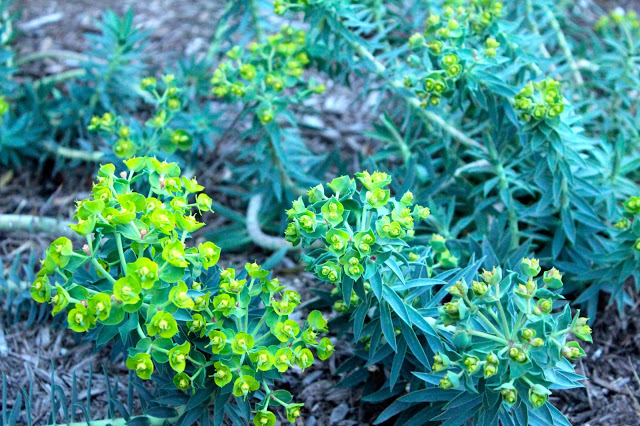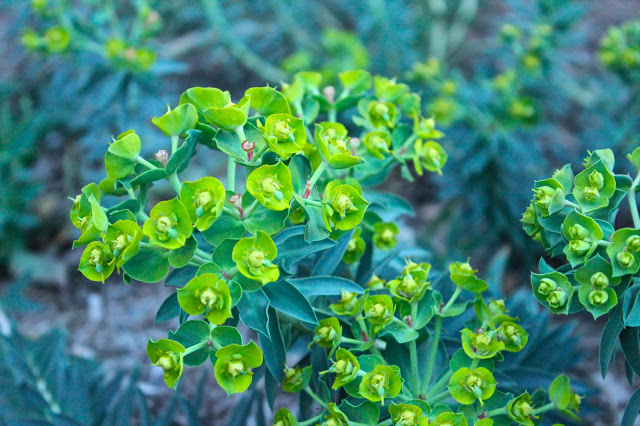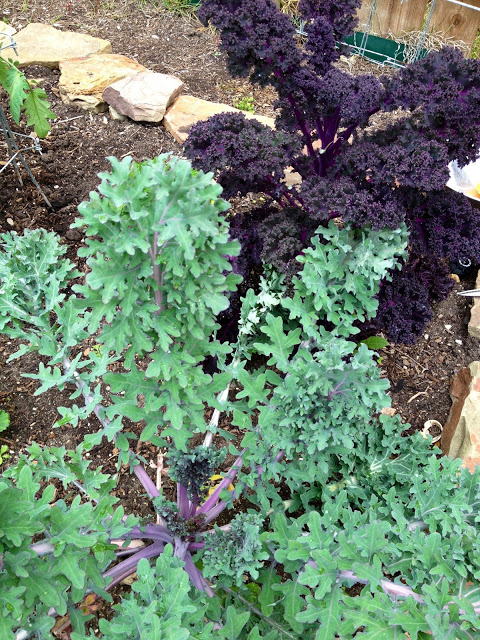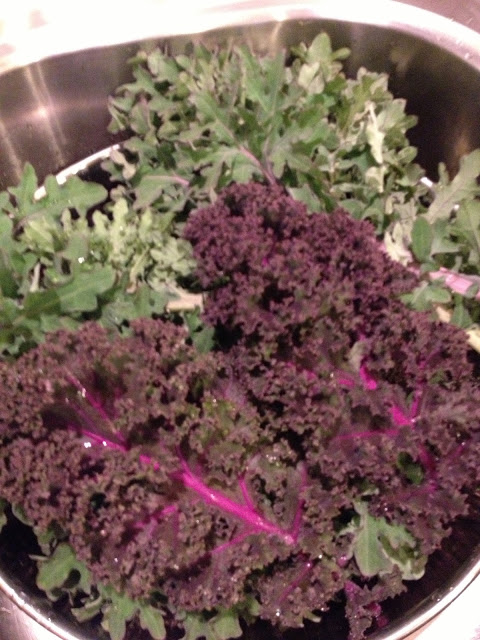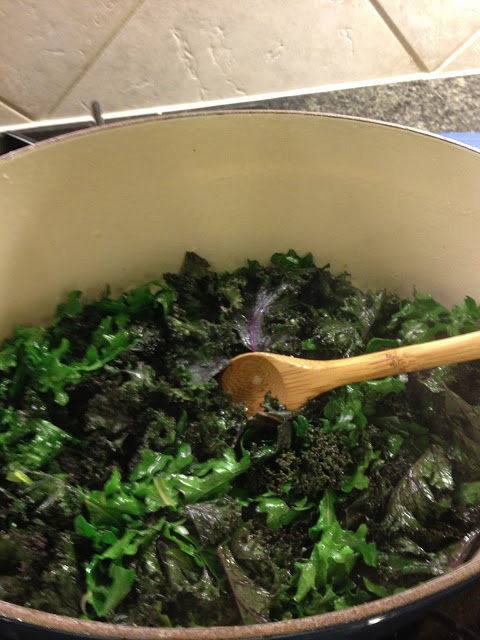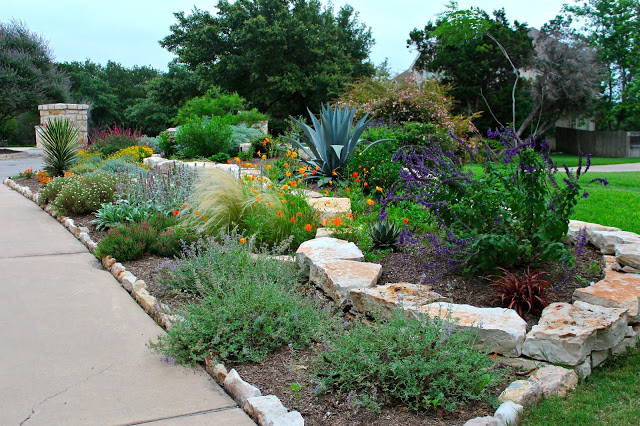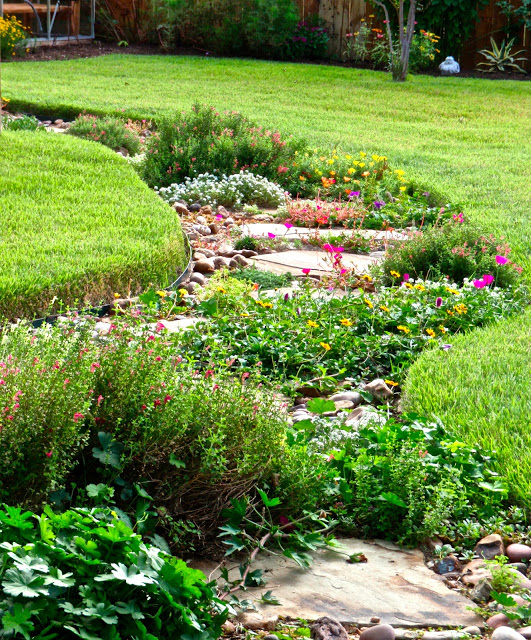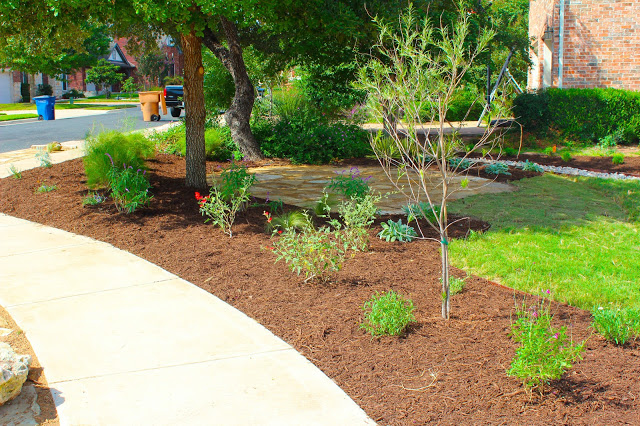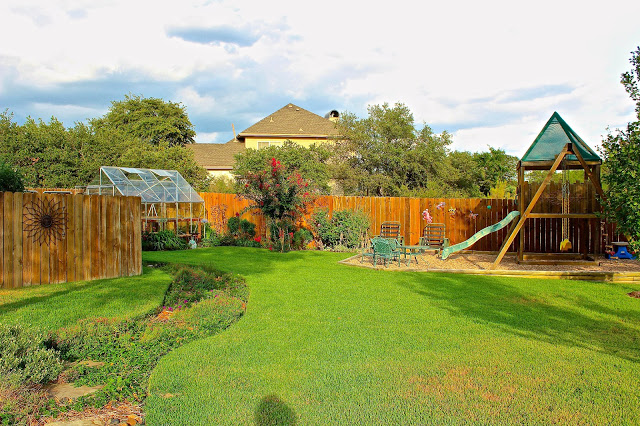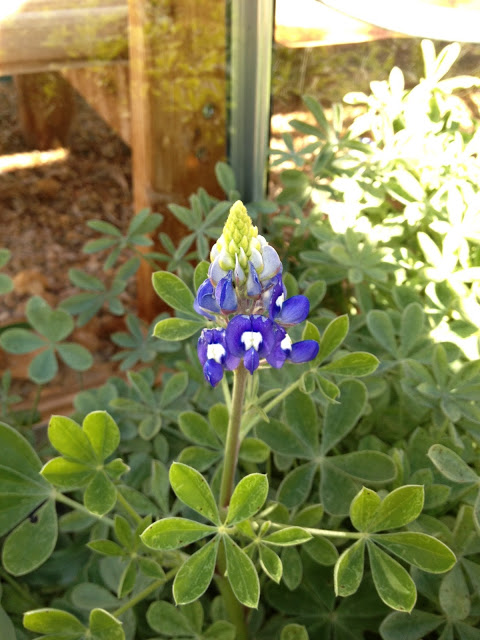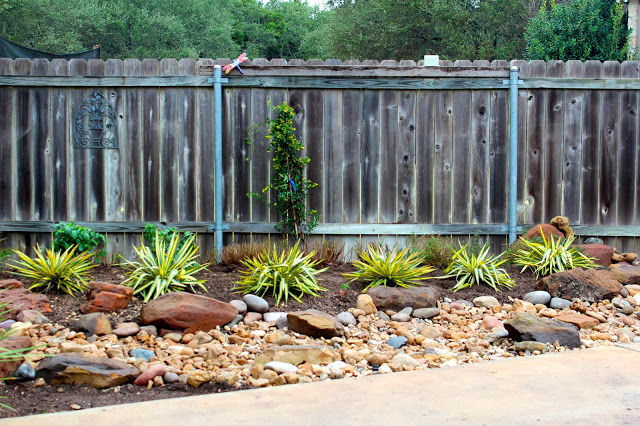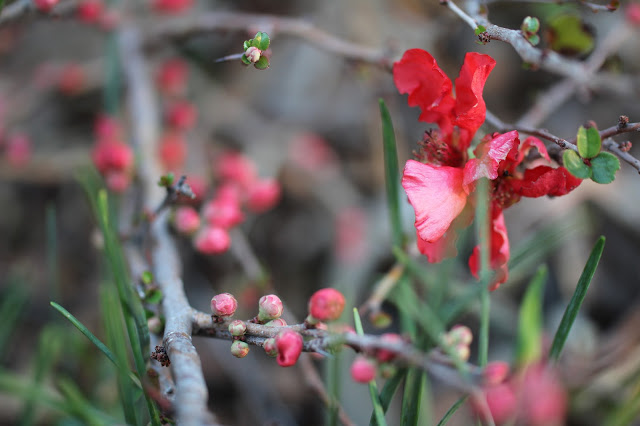Spring colors emerging in the garden…
As the days get a little longer, I’m lingering in the garden a little longer as well.
Daffodils and muscari and quince and Texas mountain laurels are blooming to welcome spring. Of course, I expect them to!
But today I’m most taken with these. My oxalis – oxalis regnellii – couldn’t be happier – the flush of delicate blooms providing a striking contrast against the deep purple foliage.
And I love my euphorbia rigida – gopher plant – that is spreading like crazy behind the fence where the deer live. They’ve left it alone and it’s clearly showing its appreciation. This bed doesn’t really get water unless I drag a really long hose out there and hand water 3-4 times in the summer, so I know these plants are tough as nails and can handle our drought.
I love the vibrant, contrasting colors of both the euphorbia and the oxalis plants. But I don’t have them growing near each other and I’ll have to remedy that soon. I love the contrasts found in tropical gardens and there aren’t many more brilliant than these two colors. They make me eager for hot, sunny days spent in the garden.
What are your favorite contrasting colors in the garden?

